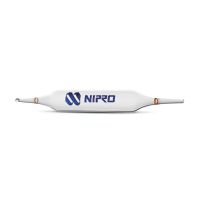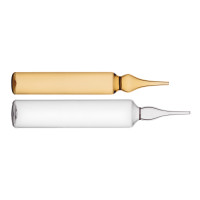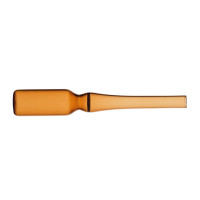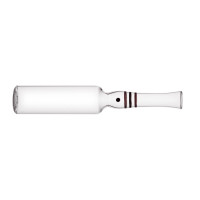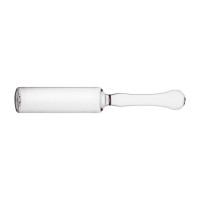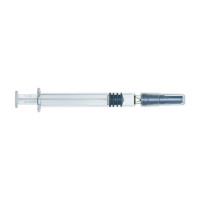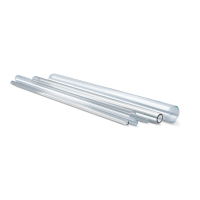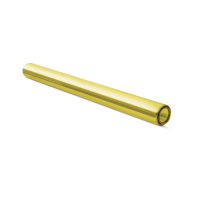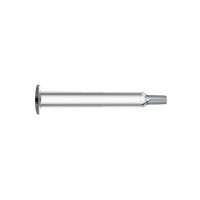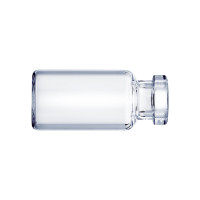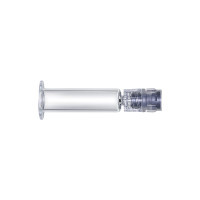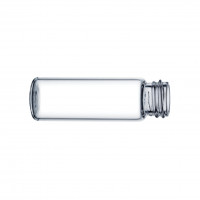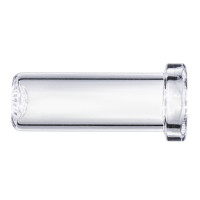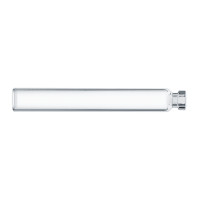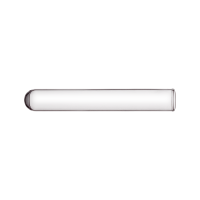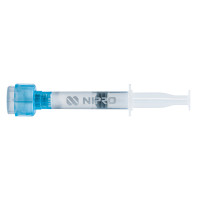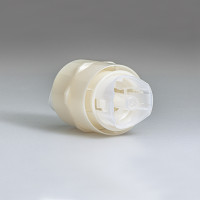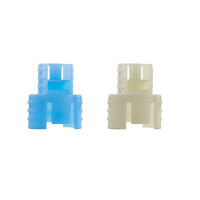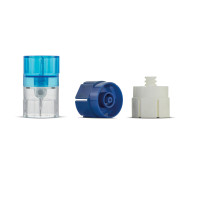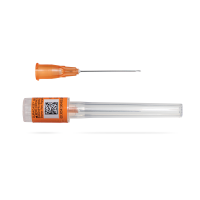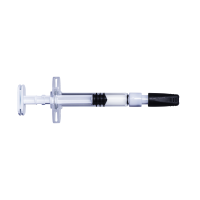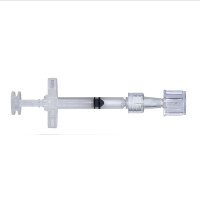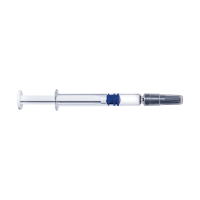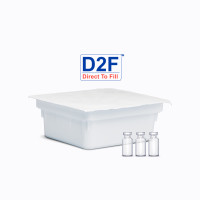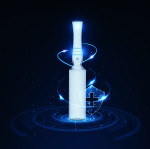
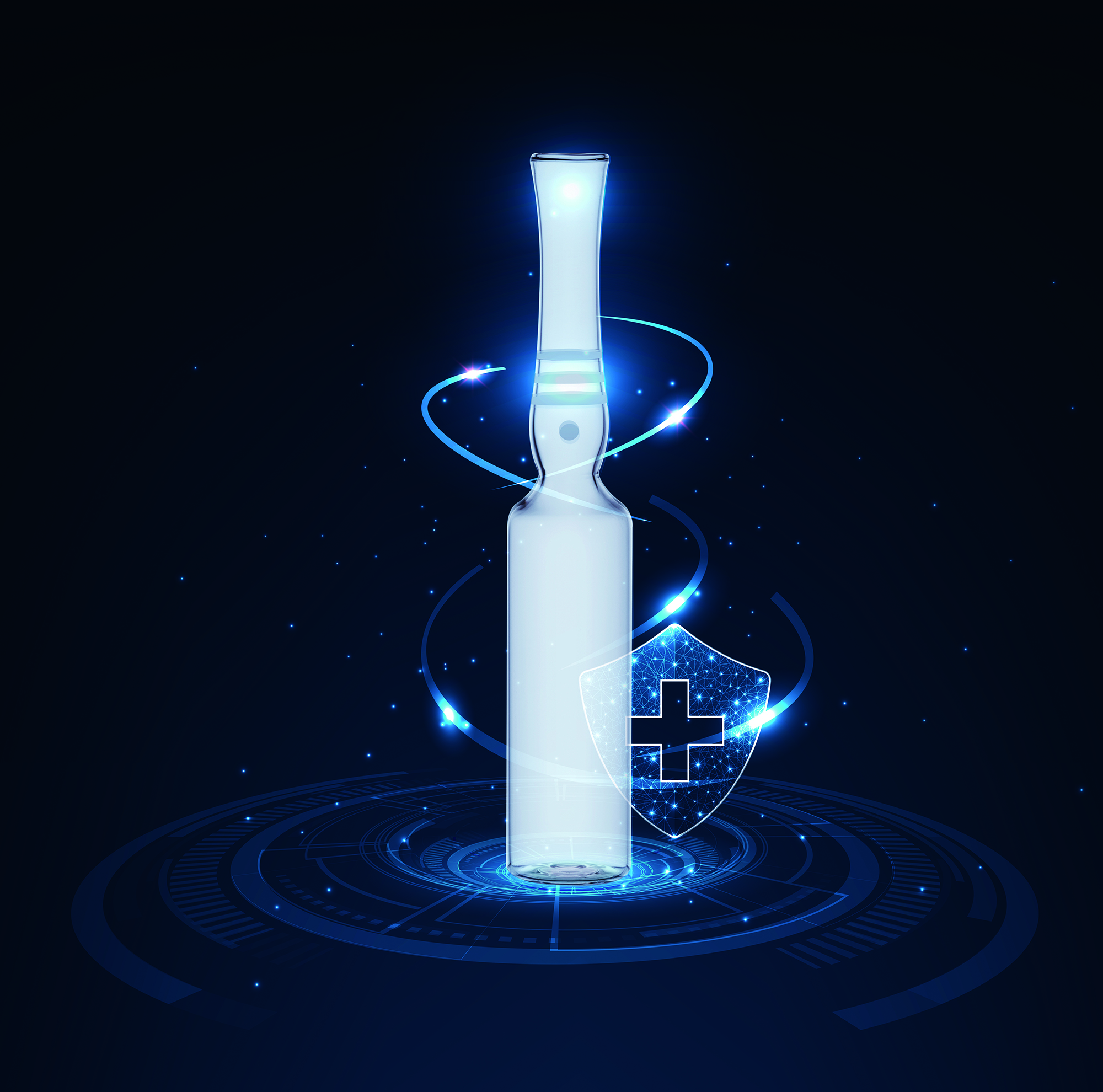
Ampoules with anti-counterfeiting technology (ACT)
Counterfeit medicines are a worldwide problem. Over 50% of drug products sold on the internet are fake.1, 2 In low- and middle-income countries, around 10% of medical products are either substandard or falsified.3 Counterfeit medicines are a threat to patient health as they are not evaluated according to legally required authorization procedures for quality, safety, and efficacy. Plus, they may potentially contain the wrong dose, no dose, or even harmful ingredients.
The Technology
Nipro ampoules with ACT support to prove drug product authenticity. Special ink that contains light emitting particles is used for the print on the ampoule. To the naked eye, the ink color does not differ from standard ink. However, when being placed under a specific light source, the ink changes its color.
Applied Easily to Existing Ampoules
This anti-counterfeiting technology is compatible with all existing ampoule types and can be applied easily to existing products. The ink does not come into direct contact with the drug product, and therefore, has low regulatory impact. Furthermore, the ink is compliant to prevailing standards.
- Special ink with light emitting particles
- Ink changes color only under specific light source
- Ink is not distinguishable from standard ink to the naked eye
- Compatible with existing ampoule types
- Ink is compliant to prevailing standards
Ampoules with ACT support drug container authenticity!
Footnotes
- PwC report
- WHO estimate
- CDC
| Type | Color | Compliance | Applicable for |
|---|---|---|---|
| Enamel ink with light emitting particles | Customizable | Annex XIV of the REACH regulation | One point cut |
| RoHS 3 Directive | Color rings | ||
| Print on ampoule body |
Compatible with all Ampoule types
Frequently Asked Questions (FAQs)
In the context of glass vials, "scoring" refers to the process of creating a shallow, controlled cut or groove on the surface of the vial neck. When pressure is applied to the scored area, such as by snapping or bending, the glass breaks cleanly along the score line, allowing for safe and controlled access to the contents of the vial.
"One Point Cut" refers to a specific type of opening mechanism used in glass ampoules. In this design, the neck of the ampoule is scored at a single point, creating a weakened area. When pressure is applied to this point, typically by snapping it with the fingers or using a snapping device, the glass breaks cleanly along the score line, allowing for easy and controlled access to the contents of the ampoule.
The purpose of the Color Break Ring is to provide a visual indication of the point at which the ampoule should be broken or snapped open. This helps ensure that the ampoule is opened cleanly and safely, without risking contamination or injury. When the ampoule is snapped open at the Color Break Ring, the glass breaks cleanly along the scored line, allowing for easy access to the contents.
A "Form B" glass ampoule is a specific type of glass ampoule used for pharmaceutical packaging. The "Form B" designation refers to the shape and dimensions of the ampoule, which are standardized according to international standards such as ISO 9187.
A "Form C" glass ampoule is a specific type of glass ampoule used for pharmaceutical packaging. The "Form C" designation refers to the shape and dimensions of the ampoule, which are standardized according to international standards such as ISO 9187.
A "Form D" glass ampoule is a specific type of glass ampoule used for pharmaceutical packaging. The "Form D" designation refers to the shape and dimensions of the ampoule, which are standardized according to international standards such as ISO 9187.
For information regarding Nipro products, services, and resource material:
| Give us a call +32 15 263 500 |
E-mail us [email protected] |
| Submit a detailed inquiry: Contact per expertise |
View our manufacturing locations: Our global network |

